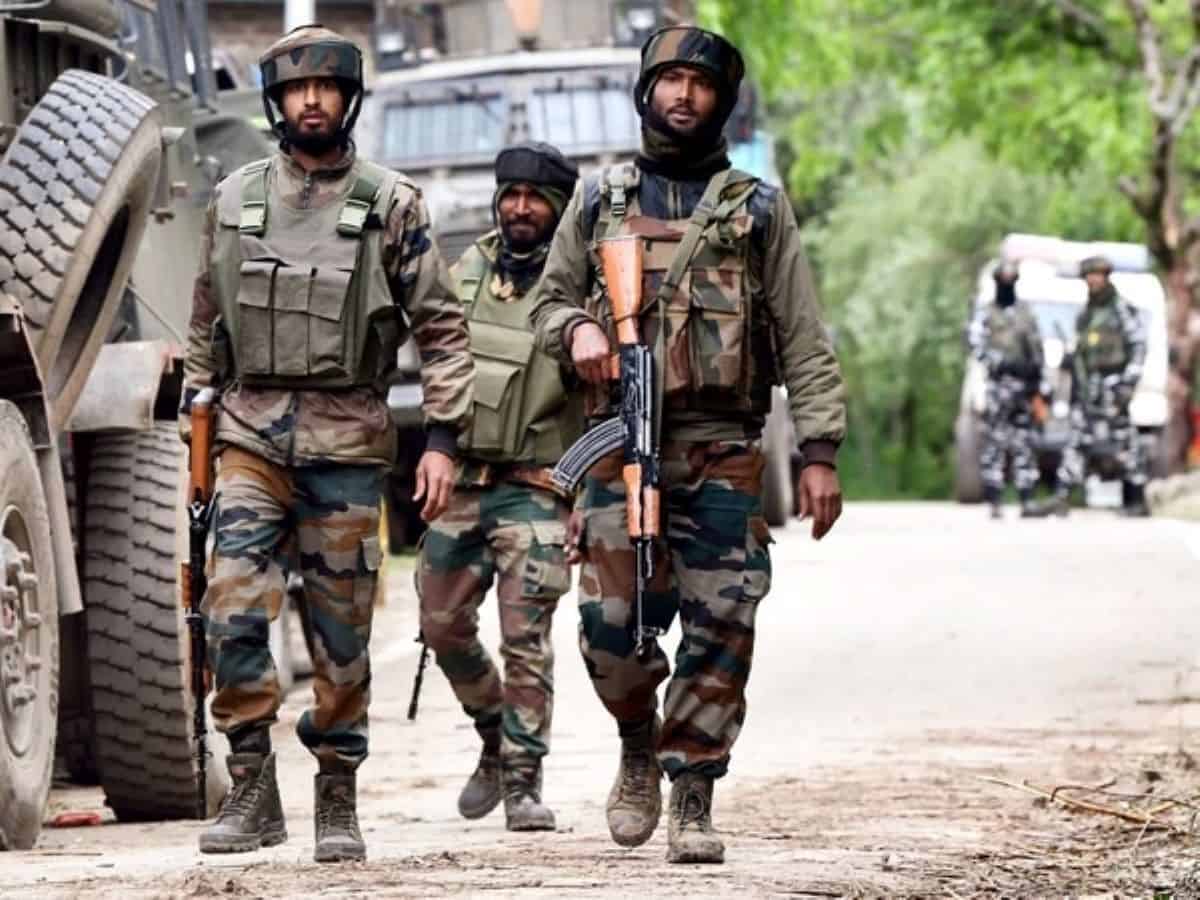
The Poonch terror attack of April 20 has its own dynamics which are being papered over by old-themed analysis The fundamentals of this attack, in which five soldiers were killed, need to be understood, in the manner in which it took place, its background, including the terrain and weather. All of these things need to be analyzed threadbare to grasp the dangers that this attack has spelled out for future, as also where all the system had failed to perform. The contours and contents of the attack are guided with the old-time psyche of hitting hard the soldiers, and newness is in the methodology and the locations terrorists have chosen to strike. There are newer challenges posed by this attack. Terming it as yet another terror attack, in the line of previous assaults of this nature in the past, would be a big mistake
There is no rocket science in suggesting that the attack took place close to the Line of Control that divides Jammu and Kashmir between India and Pakistan – the LoC runs through Rajouri and Poonch districts in the Pir Pnjal region. The region is having geography and demographic links with the land and people on the other side of the LoC, and it was a natural route for the infiltrators to enter this side, and in most of the cases, they would travel to the Valley in 1990s, when the entire focus of Pakistan was on the Valley. The booming of guns in Kashmir resonated more with the world community than any incident in Rajouri or Poonch, or for that matter in the rest of Jammu region.
On April 20 afternoon when the truck came under attack, social media was filled with images of burning truck. The initial reports attributed the fire to the lightening, which was considered likely as it had been raining in the area. It was only toward the evening; the army came out with the actual reason- terror attack. The statement said, unidentified terrorists fired at the vehicle and also hurled grenades, leaving five soldiers dead, and sixth injured. It promised to update on the incident and the investigation. Nothing has been heard since then, except that who all have visited the spot and the area, including Northern Command chief Lt. Gen. Upendra Dwivedi.
In the given situation, and the sensitivities involved into the investigations, it is improper to share the details. This is understandable. But here is a moot question, will the investigations ever conclude? Notwithstanding what the authorities might say, the fact remains that in most of the cases, the investigations are left without any thorough chase of the facts. There are two ways in which the investigations are concluded: the terrorists involved in the attacks are neutralized in encounters resulting after hot pursuits, or, the terrorists manage to hide or slip back to Pakistan. Or, the cases are concluded by taking extraordinary defensive measures, fortifying the camps, putting restrictions on civilian traffic and putting up more nakas or check points, more frisking as if the terrorists would use the same methodology again. There is need to study the terrorist’s footprints and where those would appear next
Three things happen in the aftermath of such attacks; one, as it is natural and required also, massive search operations are launched in the areas in the vicinity of the attack site, to look for terrorists who commit the crime – the theory is that the terrorists cannot run far from the attack site, or they must have been sheltered by someone before and after the attack. Second, the security forces go into a huddle as how it happened and what measures needed to be taken to take the investigations to the logical conclusion. Third, that happens, sometimes even before the investigations start, the outraged masses come on streets. The rallies, effigy burning processions, go in for chest thumping. They put an extra pressure on the forces, and the motive invariably seems to invoke action against Pakistan. There is absolutely no doubt that Pakistan has an agenda to bleed India, and it has found Jammu and Kashmir as a place where it could go in for kill. The psyche of the conflict continues to persist- Pakistan takes advantage of it. Pakistan takes advantage, not because it has got all the cards in its hands, the bitter fact is that there are some willing cards on this side which play into the hands of Islamabad-Rawalpindi.
Poonch terror attack of the last week should wake up the nation to these realities. Neither chest thumping nor the half-baked investigations provide answer to the questions those should be asked and addressed in the aftermath of such attacks. The dynamics are challenging, but not insurmountable. And the worse is the thinking that terrorism has come to an end because of certain retaliatory actions. Sorry that is not the case. It has proven time and again.



